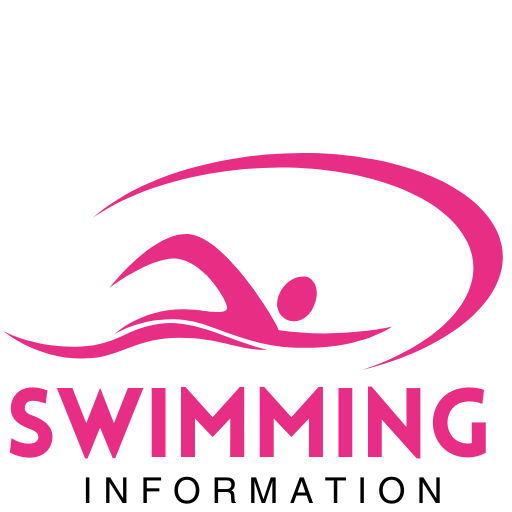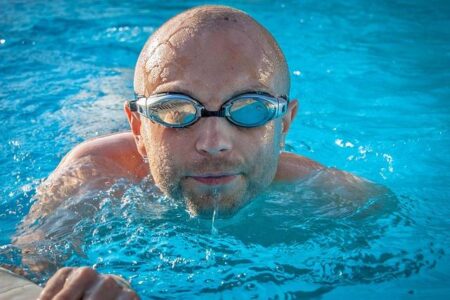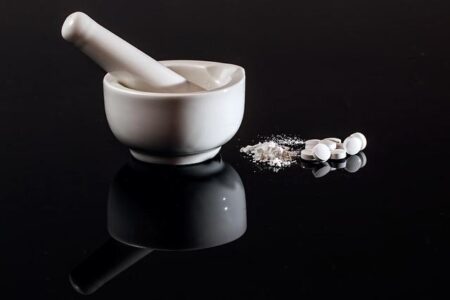Master Swim Stroke Development in Learn to Swim Programs: Building Foundations for Lifelong Success
As swim lessons continue to gain prominence in communities worldwide, a growing focus is emerging on mastering swim stroke development within Learn to Swim programs. Beyond simply teaching children and adults how to stay afloat, these programs are increasingly emphasizing the importance of proper technique from the earliest stages. Experts say that mastering foundational swim strokes not only enhances safety but also promotes confidence, physical fitness, and long-term skill retention. This article explores how Learn to Swim initiatives are evolving to prioritize stroke mastery, the methods instructors use to achieve this goal, and the benefits that accrue to swimmers of all ages.
Understanding Key Swim Stroke Techniques for Beginner Success
Developing efficient swim strokes requires mastering the essential techniques that lay the foundation for confidence in the water. Beginners should focus on body position and breath control, which are fundamental across all strokes. Keeping a streamlined posture reduces drag and conserves energy, while rhythmic breathing ensures oxygen supply and calmness during movement. Key elements include maintaining a horizontal alignment, engaging core muscles, and synchronizing arm pulls with kicks. Additionally, understanding the timing between strokes and breathing cycles creates a fluid rhythm that improves endurance and speed.
Each stroke emphasizes unique mechanics that beginners can grasp through focused drills. For example, freestyle relies heavily on continuous arm rotation and flutter kicks, while breaststroke prioritizes a powerful glide phase and symmetrical leg movements. To aid practice, here’s a quick reference comparing the basic strokes:
| Stroke | Key Focus | Kick Type | Breathing Pattern |
|---|---|---|---|
| Freestyle | Continuous propulsion | Flutter | Side breathing every 3 strokes |
| Breaststroke | Glide & coordination | Frog kick | Inhale during arm recovery |
| Backstroke | Body rotation | Flutter | Face upward, breathe freely |
- Drills to build muscle memory: Side kicking and catch-up drills enhance stroke efficiency.
- Use of visual cues: Watching videos or mirrors help correct form early.
- Consistent practice: Repetition solidifies technique and improves confidence.
Building Strength and Endurance Through Progressive Drill Practice
Structured swim drills serve as the cornerstone in enhancing both muscular strength and cardiovascular endurance for aspiring swimmers. By deliberately increasing the difficulty and duration of drills over time, swimmers engage muscles more effectively while conditioning the heart and lungs to perform under sustained physical stress. Key components like varied stroke techniques, interval pacing, and resistance training through tools such as paddles and fins ensure that each practice session builds upon the last, preventing plateaus and fostering continuous improvement.
Consistency and progression are critical, with drills evolving in complexity to challenge the swimmer’s coordination and stamina. Below is a sample weekly drill progression model designed to maximize strength and endurance gains:
| Week | Drill Type | Focus | Duration (mins) |
|---|---|---|---|
| 1 | Kickboard Flutter Kicks | Leg Strength | 15 |
| 2 | Catch-Up Drill | Stroke Coordination | 20 |
| 3 | Pull Buoy Pulls | Upper Body Strength | 25 |
| 4 | Interval Sprints | Endurance & Speed | 30 |
Integrating these progressive elements encourages swimmers to set clear goals and monitor their development regularly. Swimming instructors emphasize the importance of:
- Tracking improvements through timed laps and stroke efficiency assessments
- Adjusting drill intensity based on individual adaptation and fatigue levels
- Maintaining** proper technique to avoid injury despite increasing physical demands
Expert Tips for Correcting Common Stroke Mistakes Early On
Early intervention is critical when refining swimming techniques. One common issue is an improper hand entry, which often causes drag and disrupts rhythm. Correcting this requires a keen focus on initiating hand entry with the fingertips first, aligned with the shoulder line. Encouraging swimmers to practice slow-motion drills helps ingrain muscle memory, ensuring their stroke feels natural and efficient. Additionally, monitoring breathing patterns is essential; shallow or irregular breaths can lead to premature fatigue. Emphasizing a relaxed exhale underwater and rhythmic inhales during turns fosters endurance and better stroke consistency.
Keeping track of progress can be simplified through easy-to-use drills and feedback methods. Here’s a quick reference table listing typical stroke flaws and corrective actions that coaches and learners can apply immediately:
| Common Mistake | Impact | Quick Fix |
|---|---|---|
| Wide arm recovery | Reduces propulsion | Keep elbows high and close |
| Dropping hips | Increases drag | Engage core, focus on horizontal body |
| Over-rotation | Unbalanced stroke | Control torso rotation, maintain alignment |
Consistency and attention to detail during practice sessions remain the best allies in preventing these errors from becoming habits. Utilizing video playback and peer reviews can also provide swimmers with visual insights, accelerating their journey toward mastery.
Closing Remarks
In mastering swim stroke development, beginner swimmers unlock the essential foundation for safety, confidence, and aquatic skill. As Learn to Swim programs continue to evolve, their structured approach ensures that each stroke is taught with precision and care, promoting both technique and enjoyment in the water. For novices and seasoned swimmers alike, investing time in mastering these fundamental movements paves the way for lifelong swimming proficiency and fitness. Staying informed on best practices in stroke development remains key as communities seek to foster stronger, more capable swimmers across all age groups.





